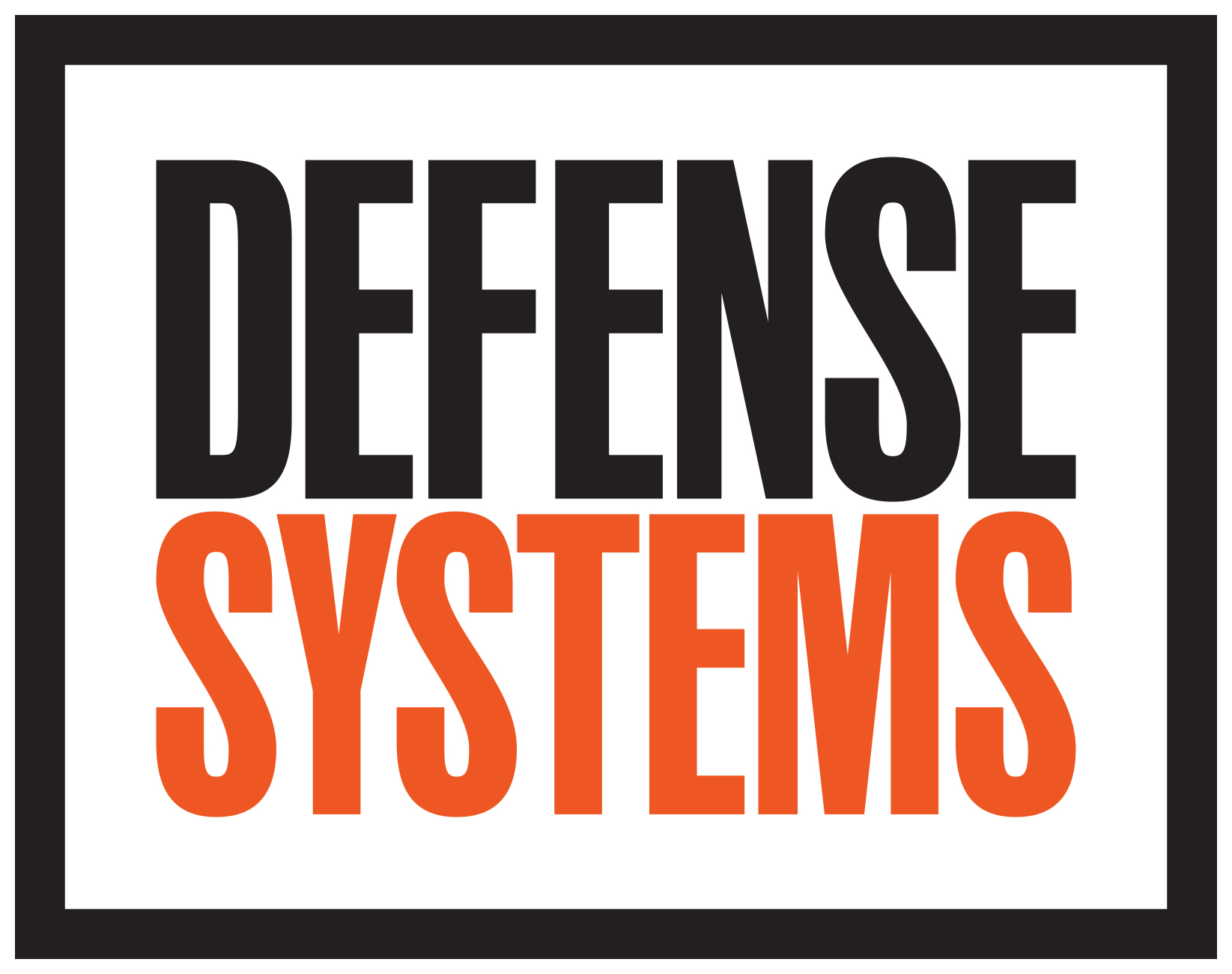Recap of the Defense Services Conference
Over 170 registered attendees from government and industry participated in PSC’s first annual Defense Services Conference Conference—PSC’s premier event bringing together senior executives across Department of Defense and federal contracting community to discuss focused on current initiatives aimed at accelerating innovation and delivering capabilities to the future force. You can view the slides presented at the conference
here.


Federal Services Outlook: Defense Services
- Jason Dombrowski, Associate Director, Strategic Planning & Marketing, AECOM
- Chris Meissner, Partner, 202 Group
Originally released at the 2019 Vision Federal Market Forecast Conference, this presentation provided participants insights on the top ten issues impacting the Defense Services market. These range from DOD priorities to the “war for people” and winners and losers in services spending accounts.
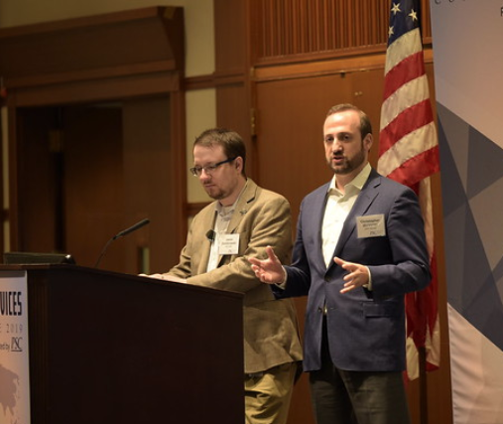
Session: Strategy-Driven Defense Services for Supporting the Future Force
- William Bray, Deputy Assistant Secretary of the Navy for Research, Development, Test and Evaluation
- Dr. Craig Robin, Senior Research Scientist, Technical Center, U.S. Army Space and Missile Defense Command
- Scott Baum, Principal Director, Deputy Assistant Secretary of Defense, Industrial PolicyModerator: The Honorable Gabe Camarillo, Vice President of Strategy and Planning, Defense Systems Customer Group, SAIC
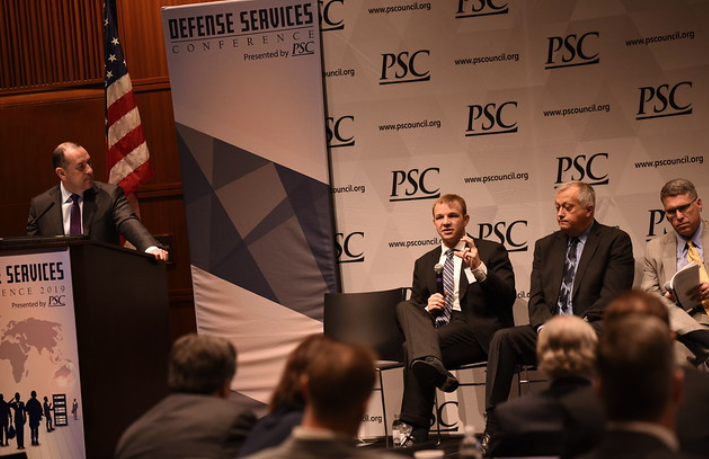
The National Defense Strategy (NDS) outlines technologies and capabilities required to deter aggression and defeat U.S. adversaries in the decades ahead. This panel to the importance of developing these technologies and capabilities and how they are implemented through defense services contracting. The panel emphasized the need for maintaining a strong workforce and innovation in critical engineering systems and DoD warfare centers, including virtualization in AI, prototyping, developing directed energy systems, cyber architecture, hypersonics and tactical grid support. The panelists also encouraged industry to find new approaches to maintain agility and speed, especially during the sustainment cycle of acquisition (80% of DoD budget is spent on sustainment). Recognizing the necessity for tailoring acquisition strategies based on different operational needs, DoD has produced separate pathways covering middle tier acquisitions, joint operations, software, major acquisition milestones, and services pathways.
Session: Modernizing DoD's Business Systems for Improved Training, Logistics and Readiness
- William S. Williford III, Executive Director, Marine Corps Systems Command
- Susan Murphy, Enterprise Solution Architect, Army Office of Business Transformation
- Robert S. Clarke, Deputy Program Executive Officer for Combat and Mission Support (PEO/CM), Office of the Assistant Secretary of the Air Force for Acquisition
- Moderator: Brad King, CEO, Robbins-Gioia

This panel discussed strategies for modernizing DoD’s logistics, maintenance, personnel, training and education systems and how and where defense services contractors contribute. The panel addressed DoD’s ongoing efforts to improve modernization, including data center optimization and consolidation, software development, and research of the marketplace to facilitate timely cooperation with vendors. They also emphasized modernization for both legacy systems and the importance of new systems, such as the cloud-based environment. The panelists recognized that software development is shifting from what was previously defined as a capability to an ongoing service, and they are developing service acquisition models and pathways accordingly. The panelists encouraged industry to develop innovative and cost-effective ways of integrating the number of proliferating software and technology systems to improve sustainment and modernization, systems intelligence, and the warfighter’s capabilities, and increase access to the Internet-of-Things and advanced manufacturing capabilities.
Keynote Address: The Honorable Veronica Daigle, Assistant Secretary of Defense for Readiness
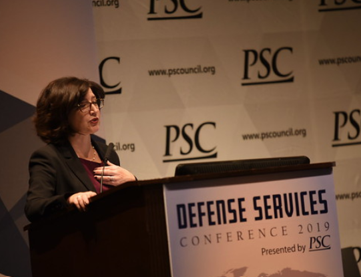
In her role as ASD(Readiness), Ms. Daigle oversees the policies and programs that ensure the Total Force (Active, National Guard, and Reserve) of the United States is ready for the missions assigned by the President and the Secretary of Defense. OSD is seeking to improve readiness by undertaking key initiatives, including aligning budget resources with readiness needs, implementing policies that strengthen the workforce, adopting quantitative data analytics, consolidating readiness reporting data, and developing cutting edge technology.
"You try to determine if this is a personnel issue, a training issue, or an equipment issue. If it's an equipment issue, is it a spare parts issue? So what you're trying to do is peel it back so you can go to a lower level," Daigle said during the Professional Services Council's Defense Services conference Nov. 21. she also highlighted OSD’s relaunch of the Defense Safety Oversight Council, the development of a 2020 readiness reform plan, and the biannual review of readiness under the Readiness Recovery Framework (R2F).
Session 3: Solutions for Sustaining Deployed Forces
- William Moore, Assistant Deputy Chief of Staff for Army (G4)
- VADM Luke McCollum, Chief of Navy Reserve
- LTG Darrell K. Williams, Director, Defense Logistics Agency
- Moderator: The Honorable Allie Coetzee Leslie, Tlingit Haida
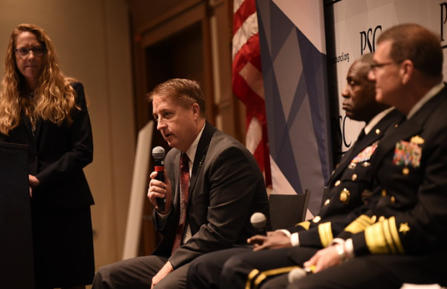
The panel discussed DoD and contractor solutions for sustaining deployed forces in their respective departments. The Army, Navy and DLA all stressed their concern over cybersecurity and embraced commercial cloud migration to improve data protection and achieve maximum security.
Mr. Moore discussed how the Army is pursuing a five-year strategy to implement the goals of the 2018 National Defense Strategy with six modernization priorities and eight cross functional teams focused on multi-domain operations, such as land, space and cyber. The Army is also becoming more reliant on big data analytics and building more resilient IT systems.
"We are at war every day in the cyber domain as we speak . . . and it's a constant area we have to focus on," William Moore, assistant deputy chief of staff for the Army (G-4), said.
VADM McCollum addressed how the Navy is seeking to improve the training of its workforce to prevent cyber penetration. It is also focused on achieving rapid and accurate delivery of needed capabilities, equipment and software to world-wide deployed ships whenever and wherever needed to enhance the warfighter’s resilience against unexpected threats.
LTG Darrell Williams described how DLA is undergoing the redistribution of DLA world-wide centers, modernization schemes and new warehouse management systems, all of which require new skill sets and a well-trained workforce. DLA is seeking industry help on three key issues: 1) innovation, especially in AI and incorporation of robotic automation processes, 2) identifying new technologies and 3) developing strategies that may maximize delivery time and improve DLA efficiency.
Keynote Address: The Honorable Alan Shaffer, Deputy Under Secretary of Defense for Acquisition and Sustainment

During his keynote address, Mr. Shaffer emphasized the need for agile, lethal, and rapid defensive and offensive capabilities to protect U.S national security from a multitude of threats: cyber threats, including grid attacks, IP theft, China’s conventional modernization, etc.
''We’ve been in conflict with China for 10 years and I'm not sure we know it. But we've got to wake up to it,'' he warned, citing an example.
''How valuable is your intellectual property to you?'' Shaffer asked conference attendees.
Mr. Shaffer noted that the NDS outlines three goals and priorities: increasing lethality, strengthening alliances and partnerships and reforming the department of the defense. Regarding the NDS’s alliance goal, Mr. Shaffer believes strengthening relations with industry, including small business and academia, is a priority for DoD, not just international partnerships.
2019 Conference Sponsors
Special thanks to all of the sponsors whose generous support made this year’s PSC Defense Services Conference possible.
Premier Level
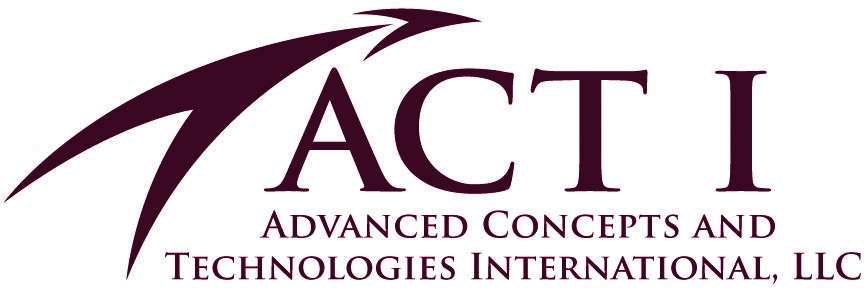

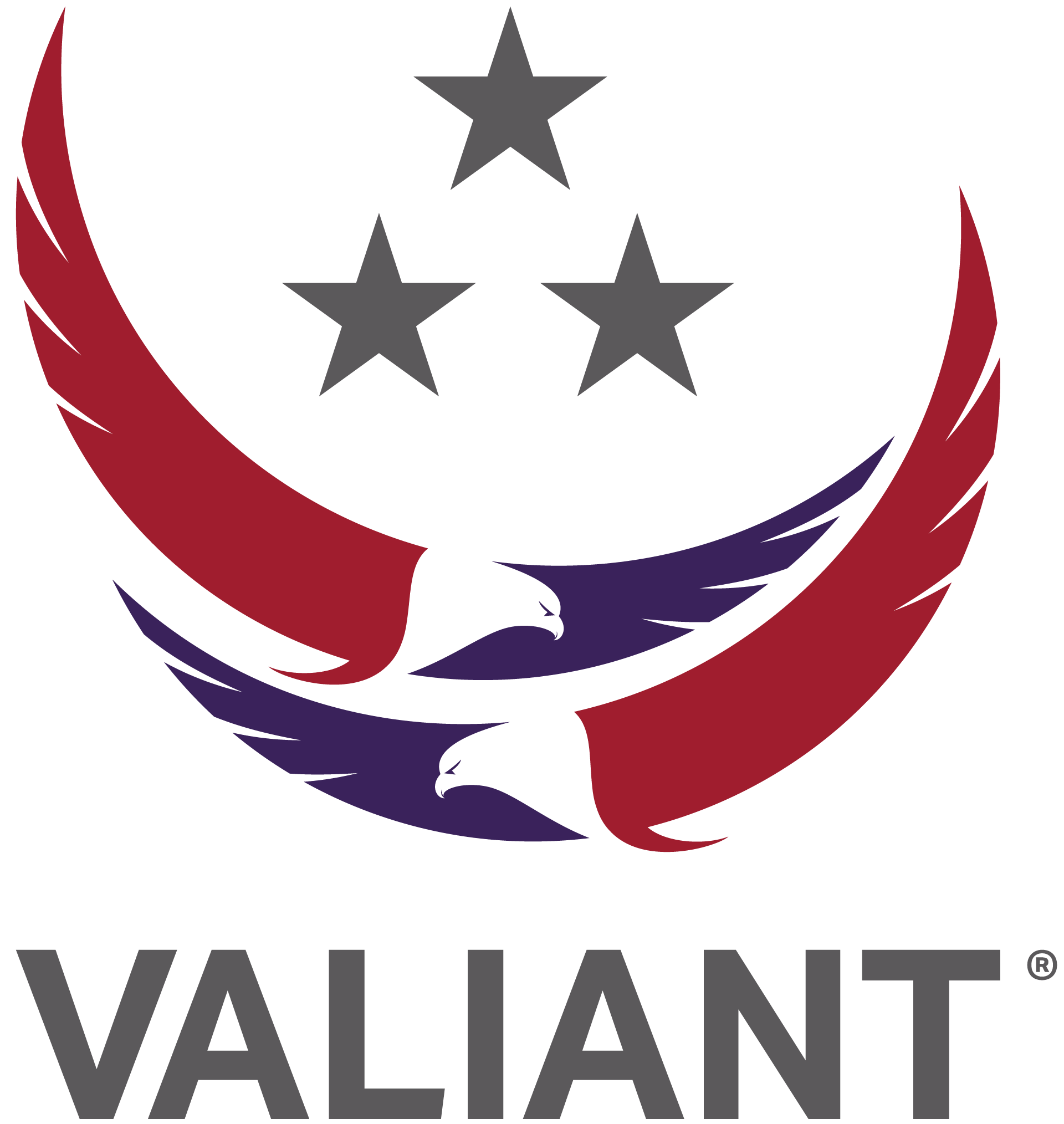
Keynote Sponsors
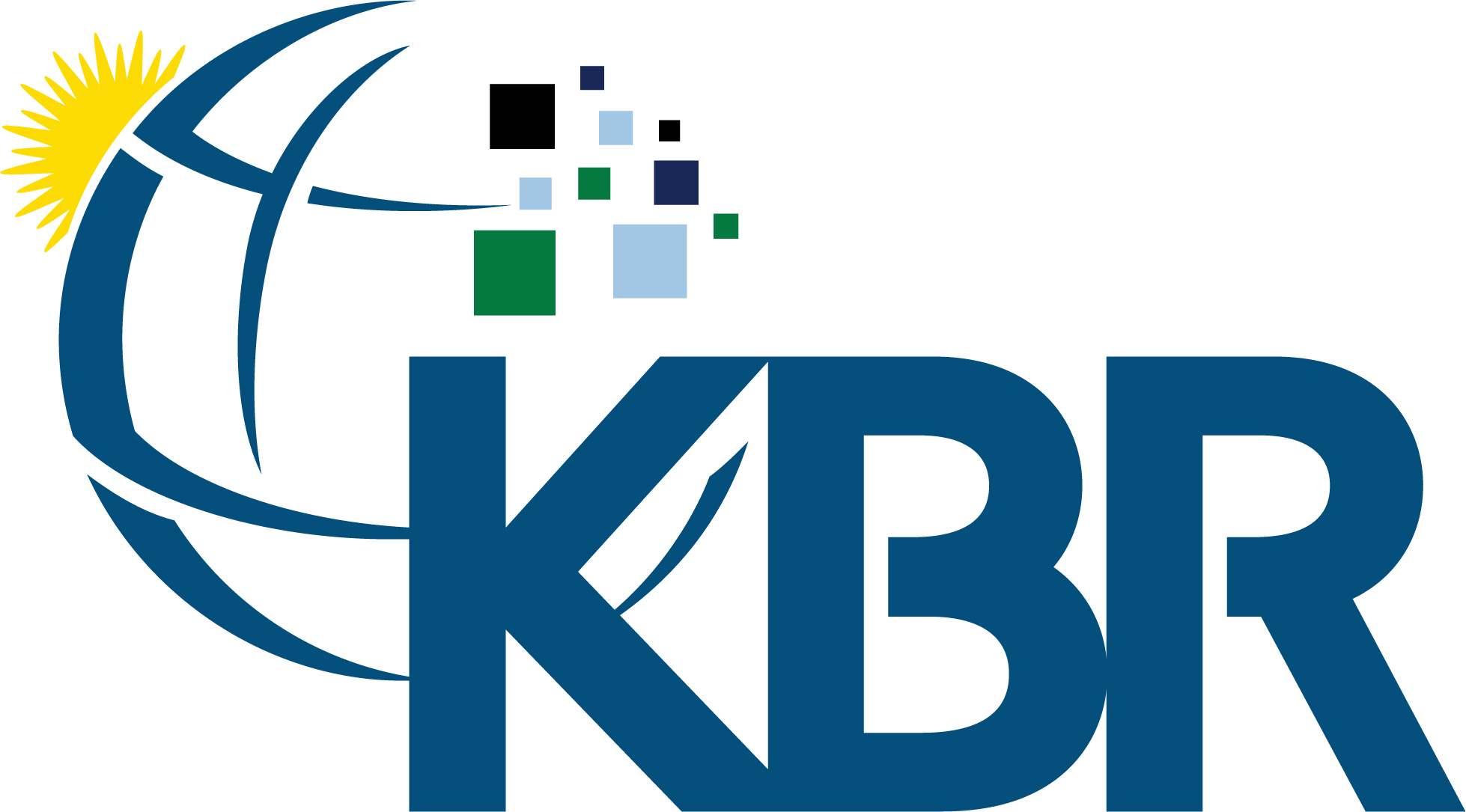

Bottled Water Sponsor

Media Partners
